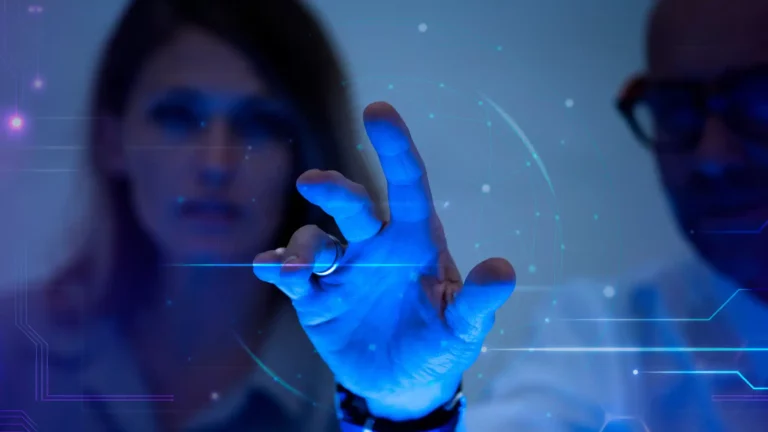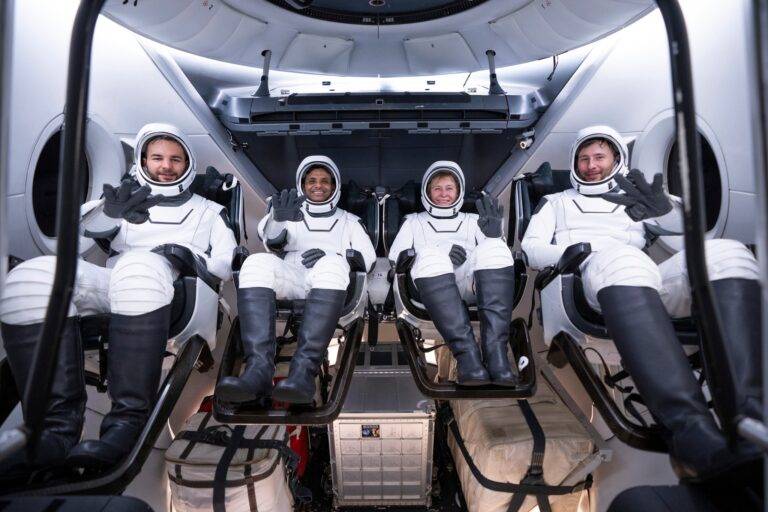The European Space Agency (ESA) has revolutionised its spacecraft testing procedures by embracing cutting-edge Augmented Reality (AR) technology. This case study explores ESA’s successful integration of AR within the International Space Station (ISS) and Assembly, Integration, and Test (AIT) activities.
Objectives:
ESA aimed to implement AR for efficient sensor placement on spacecraft like JUICE and SMILE. The objectives included guiding test engineers through precise sensor positioning, validating sensor positions, recording data, and generating CAD test reports using AR images. Additionally, integrating AR for remote communication with video experts and combining EGS-CC and ESA STAMP datasets for comprehensive analysis were prioritised.

Implementation
ESA integrated AR seamlessly into both ISS and AIT activities. The AR system facilitated the placement of numerous test sensors on spacecraft panels before installation. Test engineers were guided through AR interfaces, enabling precise positioning and validation of sensor placements. The integration of AR for remote communication allowed real-time collaboration with video experts during critical activities. Furthermore, datasets from EGS-CC and ESA STAMP were harmoniously combined for comprehensive analysis. Automated reporting systems were also implemented, incorporating updated CAD STEP models for efficient documentation.
Benefits
Enhanced Test Execution Reports
Detailed insights into spacecraft performance with AR-enhanced visuals.
Improved Safety Measures
Real-time telemetry displays in AR provide critical data insights during operations.
Increased Operational Efficiency
Telecommand execution via AR streamlines communication and decision-making processes.
Standardised Integration
Consistency and compatibility across systems ensured through standardised integration practices.
Flexible Procedure Authoring
Efficient adaptation of procedures facilitated by offsite authoring using CAD models.
Conclusion
The successful integration of Augmented Reality into ESA’s spacecraft testing procedures has significantly enhanced efficiency, safety, and collaboration. By leveraging AR technology, ESA has set new standards for testing, validation, and communication within the aerospace industry, showcasing the immense potential of innovative technologies in advancing space exploration endeavours.

















